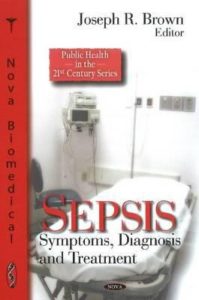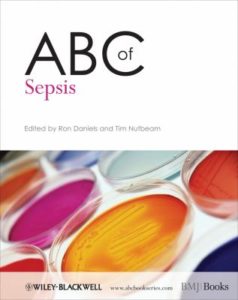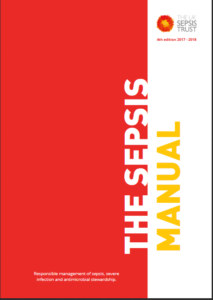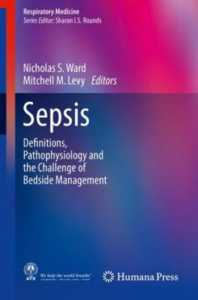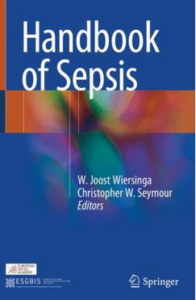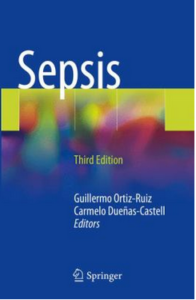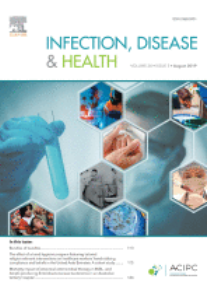Here’s just a selection of the rich resources to support Sepsis. Explore our full range via our website: https://www.bsuh.nhs.uk/library/
NHS OpenAthens password required; register here: http://openathens.nice.org.uk/
Books
Journals
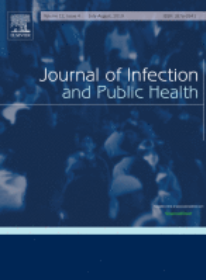 Journal of Infection and Public Health
Journal of Infection and Public Health
Online Summaries
Clinicalskills.net
Sepsis Part 1: Possible causes and high-risk groups
A summary of causes and signs of sepsis in adults and children with a breakdown of the main vulnerable patient groups:
- Children and babies
- Older patients
- Pregnant women
- People with immunosuppression
Emphasis on the use of the National Early Warning Score (NEWS) chart to record vital signs and a review of the “sepsis red flags” and “sepsis amber flags”.
Evidence searches carried out on Sepsis
We provide evidence to inform patient care, service improvement, research and clinical teaching. Recent searches we’ve provided include:
- Information about cases of neuromyelitis optica presented as infection / fever / sepsis
- Pyrexia & Sepsis in Pregnancy, Labour and in the postnatal period
- Sepsis
- The risk of sepsis in renal dialysis patients and outcomes
- Sepsis in primary care
- Measuring temperature of suspected septic patients
- Acute nephrotic syndrome after sepsis in children
- Early signs of circulatory failure in sepsis
- Early onset neonatal sepsis management
Web and other resources
Just say sepsis: a review of the process of care received by patients with sepsis.
National Confidential Enquiry into Patient Outcome and Death (NCEPOD). 2015
The UK Sepsis Trust exists to fight this life-threatening condition, stop preventable deaths and support those affected by sepsis.
NICE Guideline Sepsis: recognition, diagnosis and early management
Updated: September 2017, this guideline covers the recognition, diagnosis and early management of sepsis for all populations.
NHS England Sepsis guidance implementation advice for adults
Updated: September 2017, this document describes an operational definition of sepsis and supports the implementation of the NICE guidelines on the identification and treatment of sepsis.
Contact us for more information.


